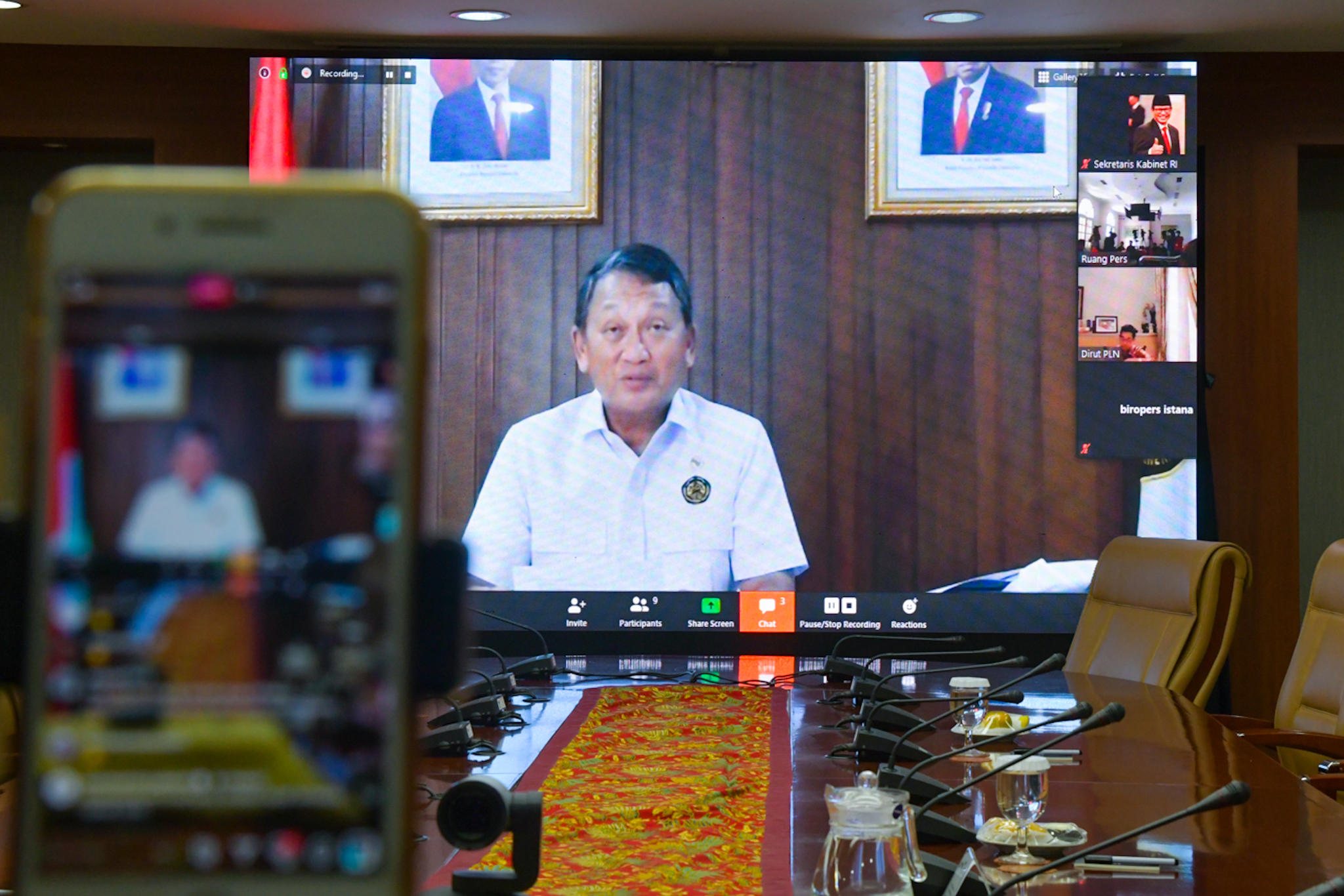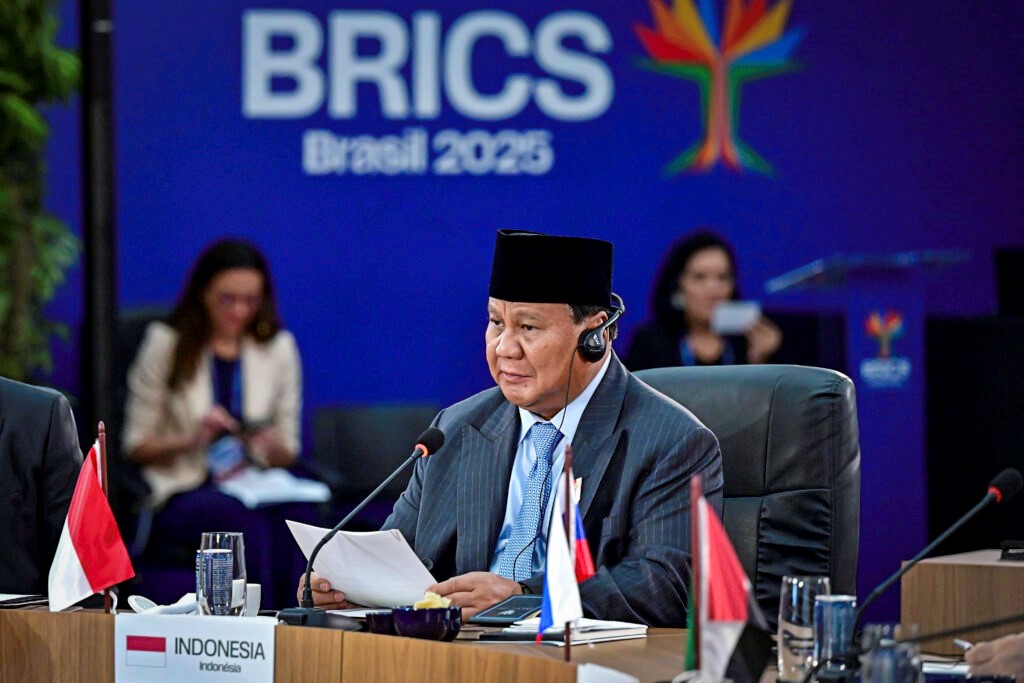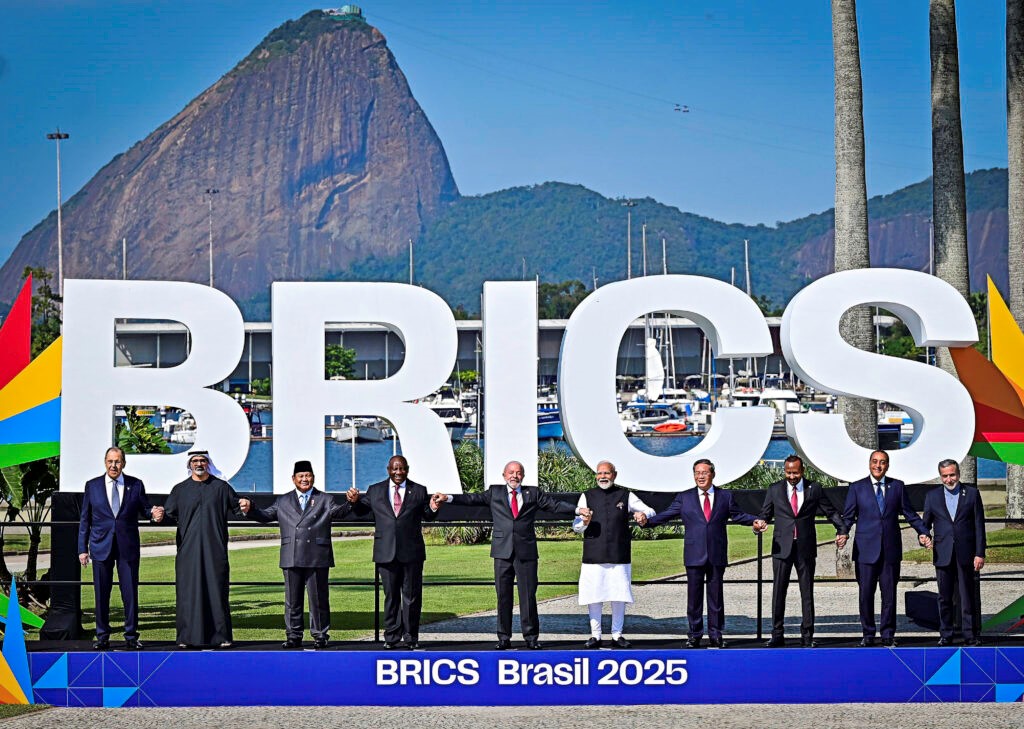Gov’t Formulates Grand National Energy Strategy to Ensure Energy Availability

Minister of Energy and Mineral Resources Arifin Tasrif (Photo by: Documentation of PR)
As civilization, technology, and lifestyle develop, the energy demand continues to increase. The Government is obliged to provide sufficient energy sources that evenly distributed, affordable, and accessible to all levels of society.
The utilization of energy in Indonesia still relies on fossil fuels, both subsidized and imported fuels. However, the country has abundant New and Renewable Energy (EBT).
“We still rely on fossil energy that is subsidized and imported. The dependence on imported energy is one of the Government’s tough challenges in maintaining national energy security. On the other hand, we are blessed with a total EBT potential that reaches 417.8 gigawatts (GW). As many as 10.4 GW or 2.5 percent has been utilized,” the Minister said, Monday (23/11).
The Government has also designed a Grand National Energy Strategy to ensure the availability of adequate, good quality, affordable, and environmentally friendly energy in the 2020-2040 period.
“There are several measures in the strategy, including increasing oil lifting, pushing electric vehicles development, developing and building refineries, as well as developing the EBT to reduce oil imports. Meanwhile, regarding the reduction of LPG imports, it will be carried out through a strategy of using electric stoves, building city gas networks, and utilizing Dimethyl Ether (DME),” he said.
The implementation of the Grand National Energy Strategy also takes into account the current state of national energy development and the availability of the EBT sources as well as adjusts to the economic trends of EBT.
The Government, Arifin said, has issued Law Number 16 of 2016 on the Ratification of Paris Agreement, which targets greenhouse gas (GHG) emission reduction. The GHG reduction target would be 29 percent achieved independently, while 41 percent will be reached with international assistance. “The energy sector is expected to reduce emissions by 314-398 million tons of carbon dioxide (CO2),” he added.
For the record, a number of regulations in the energy sector have also been issued to support energy supply, especially those with low emissions, including Government Regulation Number 79 of 2014 on National Energy Policy and Presidential Regulation Number 22 of 2017 on the General Plan for National Energy (RUEN).
“In accordance with the RUEN, the role of the EBT in the national mix energy is targeted to reach 23 percent in 2025 and it is expected to continue to increase up to 31 percent in 2050,” he concluded. (PR OF MINISTRY OF EMR / UN) (RF/LW)








